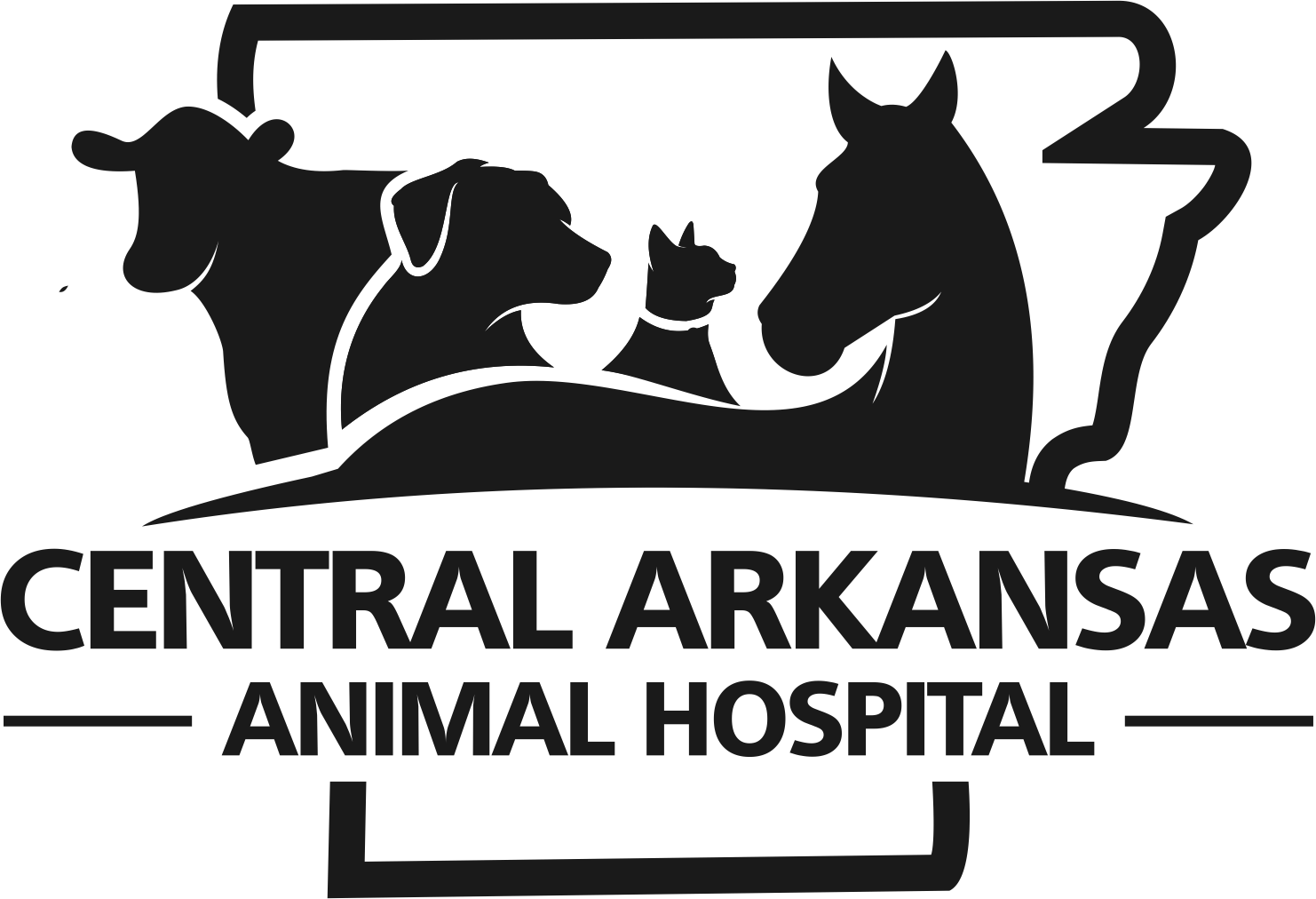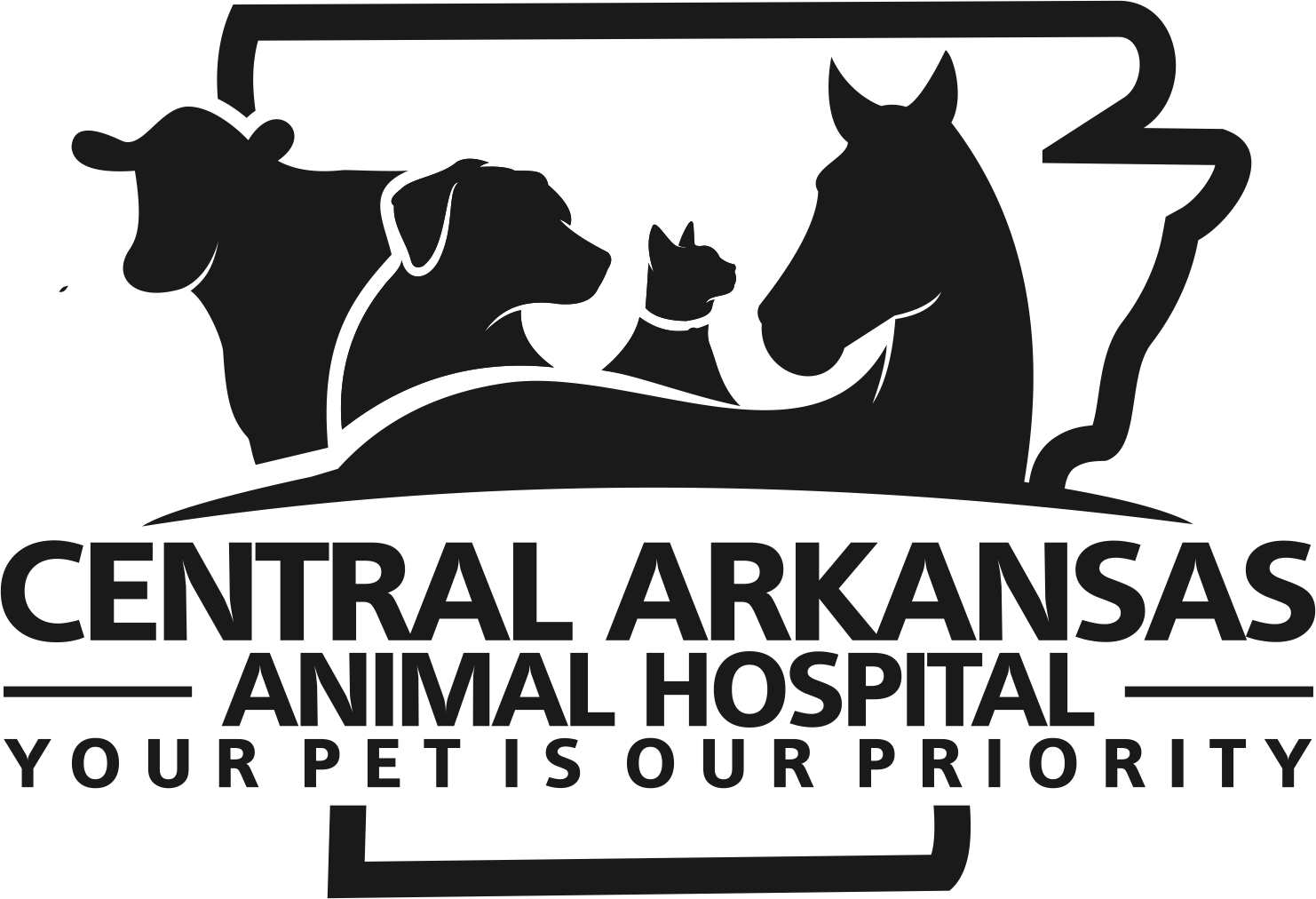1
Step 1
A comprehensive exam is performed on your pet 2
Step 2
A complete blood panel is run to evaluate internal organ function to help ensure your pet is a good candidate for general anesthesia. 3
Step 3
A pre-anesthetic sedative is administered 20–30 minutes before the induction of anesthesia — this helps to manage patient discomfort and allows us to use less general anesthetic agents and improve the overall safety of the procedure. 4
Step 4
An intravenous catheter is always placed prior to induction of anesthesia, which allows for the direct administration of anesthetic induction agents and any additional medications. This also allows us to provide IV fluid therapy which helps maintain your pets blood pressure and will help prevent dehydration after the procedure. Patients are attached to state-ofart anesthetic monitoring devices that evaluate critical parameters, such as blood pressure, heart rate, respiratory rates, blood oxygen saturation levels and many other values.5
Step 5
Dental x-rays are performed. Studies have shown that 40% or more of the oral pathology (disease) of our veterinary patients will go undiagnosed without dental radiographs. Radiographs allow for assessment of the teeth and supporting structures below the gum line that are not visible during the initial oral exam. 6
Step 6
The oral examination by a veterinarian includes a detailed evaluation of the soft tissues of the oral cavity, including the tonsils, pharynx (back of the mouth), the tongue, the roof of the mouth and the mucosa and gingiva lining the oral cavity. The structures are evaluated for abnormalities, such as ulcerations, swellings, oral masses, or areas of inflammation. The teeth are then evaluated. Each individual tooth is examined for any abnormalities including periodontal pocketing, mobility, discoloration, fractures, or tooth abrasion, to name a few.7
Step 7
A dedicated certified veterinary technician will perform a complete ultrasonic scaling and polishing of every tooth. Dental plaque and calculus are removed from your pets’ teeth and the area immediately below the gumline (gingival sulcus) with an ultrasonic scaler. Hand curette instruments are often used to help clean plaque and calculus from the gingival sulcus. Once the teeth have been scaled, they are polished using paste. Polishing removes any surface irregularities, which in turn decreases plaque retention. The oral cavity is then thoroughly rinsed to remove debris or excess polish material. A final rinse with an oral antiseptic is then performed. 8
Step 8
All oral examinations and radiograph evaluations are performed by a veterinarian and the results are recorded in a detailed dental chart.9
Step 9
Oral surgery including dental extractions if indicated are now performed by the veterinarian.10
Step 10
At patient discharge, dental x-rays and the findings of the dental exam are reviewed, as well as any additional procedures that were performed. All aftercare is discussed, and follow-up examinations are recommended (usually within 6 months to 1 year). 11
Step 11
Home dental care is recommended and discussed - the best option has always been and will remain daily brushing with a veterinary-approved, pet toothpaste. Some pets will not allow brushing. If that is the case, our staff members will review other beneficial treatment and prevention products available. 

